Paolo Farinati (1524 – 1606)
Get a Farinati Certificate of Authenticity for your painting or a COA for your Farinati drawing, print or sculpture.
For all your Farinati artworks you need a Certificate of Authenticity in order to sell, to insure or to donate for a tax deduction.
How to get a Farinati Certificate of Authenticity is easy. Just send us photos and dimensions and tell us what you know about the origin or history of your Farinati painting, drawing, print or sculpture.
If you want to sell your Farinati painting, drawing, print or sculpture use our selling services. We offer Farinati selling help, selling advice, private treaty sales and full brokerage.
We have been authenticating Farinati and issuing certificates of authenticity since 2002. We are recognized Farinati experts and Farinati certified appraisers. We issue COAs and appraisals for all Farinati artworks.
Our Farinati paintings, drawings, prints and sculptures authentications are accepted and respected worldwide.
Each COA is backed by in-depth research and analysis authentication reports.
The Farinati certificates of authenticity we issue are based on solid, reliable and fully referenced art investigations, authentication research, analytical work and forensic studies.
We are available to examine your Farinati painting, drawing, print or sculpture anywhere in the world.
You will generally receive your certificates of authenticity and authentication report within two weeks. Some complicated cases with difficult to research Farinati paintings, drawings or sculptures take longer.
Our clients include Farinati collectors, investors, tax authorities, insurance adjusters, appraisers, valuers, auctioneers, Federal agencies and many law firms.
We perform Paolo Farinati art authentication, appraisal, certificates of authenticity (COA), analysis, research, scientific tests, full art authentications. We will help you sell your Paolo Farinati or we will sell it for you.
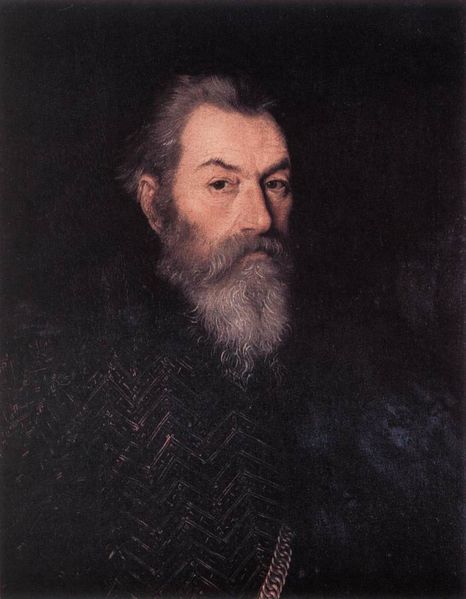
Paolo Farinati (also called as Farinato or Farinato degli Uberti) was an Italian painter of the Mannerist style, active in mainly in his native Verona, but also in Mantua and Venice. He may have ancestors among Florentine stock to which belonged the Ghibelline leader Farinata degli Uberti, celebrated in Dante’s Divina Commedia. He was a contemporary of the prominent artist of Verona, Paolo Veronese. He was succeeded by other members of the Cagliari family, of whom most or all were outlived by Farinato. He was instructed, according to Giorgio Vasari, by his father and by the Veronese Niccolo Giolfino, and probably by Antonio Badile and Domenico del Riccio (Brusasorci). His first major work was an altarpiece for the duomo di Mantua.
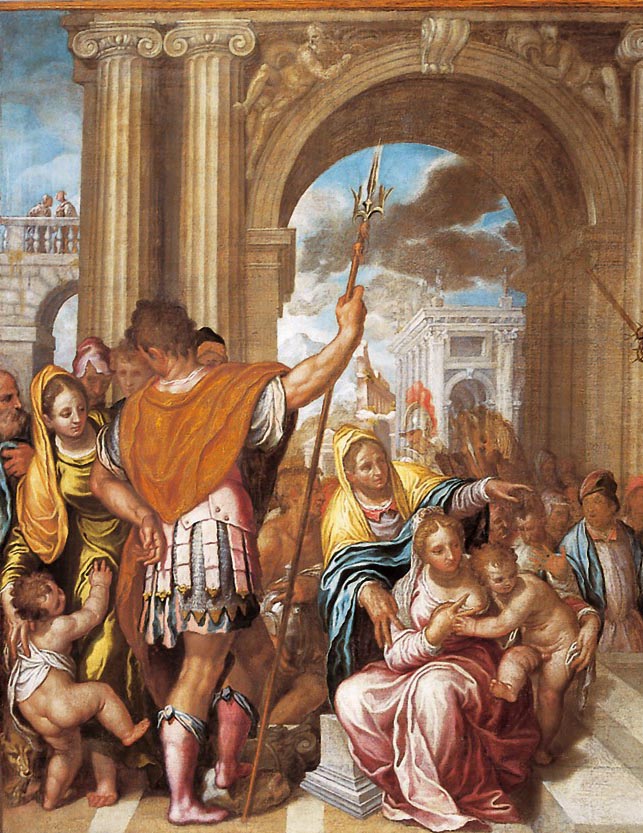
Proceeding to Mantua, he formed his initial style partly on the influence of Giulio Romano. Vasari praised his thronged compositions and merit of draughtsmanship. His works are to be found not only in Venice and principally in Verona, but also in Padua and other towns belonging or adjacent to the Venetian territory. Later, he accommodated to a style similar to that of Paolo Veronese.
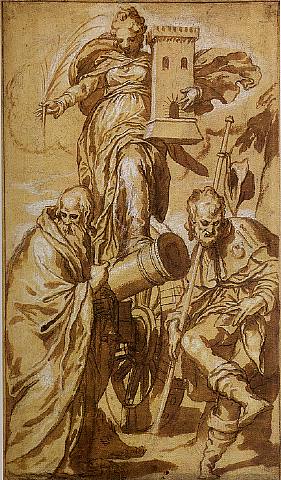
He was a prosperous and light-hearted man, and continually progressed in his art, passing from a comparatively dry manner into a larger and bolder one, with much attraction of drapery and of landscape. The Miracle of the Loaves and Fishes, painted in the church of S. Giorgio in Verona, is accounted his masterpiece, executed at the advanced age of seventy-nine. A Last Supper was painted by him in Santa Maria in Organo; also in this church, he painted a Michael expelling Lucifer and Massacre of the Innocents. In Piacenza is a St Sixtus; in Berlin a Presentation in the Temple; and in the communal gallery of Verona one of his masterpieces, the Marriage of St Catherine. Farinati executed some sculptures, and various etchings of sacred and mythological subjects. He is said to have died at the same hour as his wife. His son Orazio was also a painter of merit.
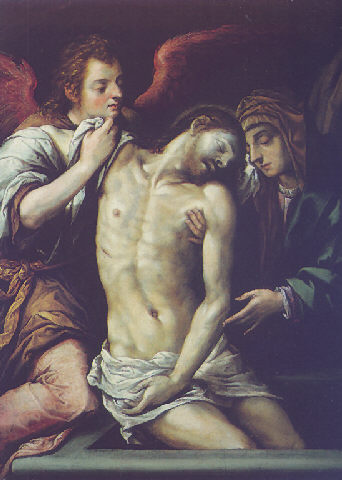
Farinati is notable for having kept a detailed journal of his activities from 1573 until his death. His many drawings on tinted paper are particularly notable.
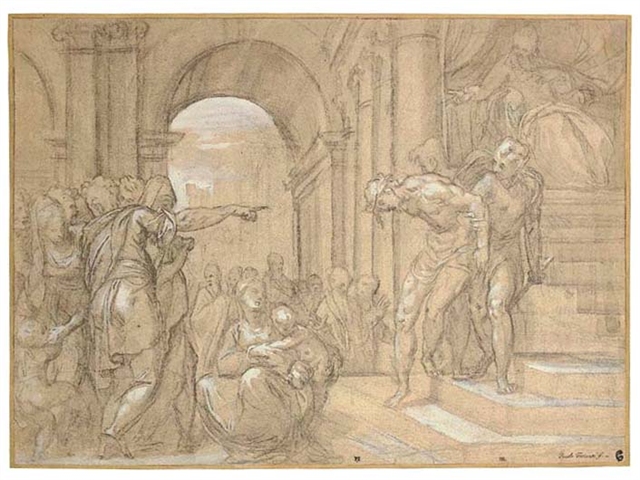
Still wondering about an Italian painting in your family collection? Contact us…it could be by Paolo Farinati.
